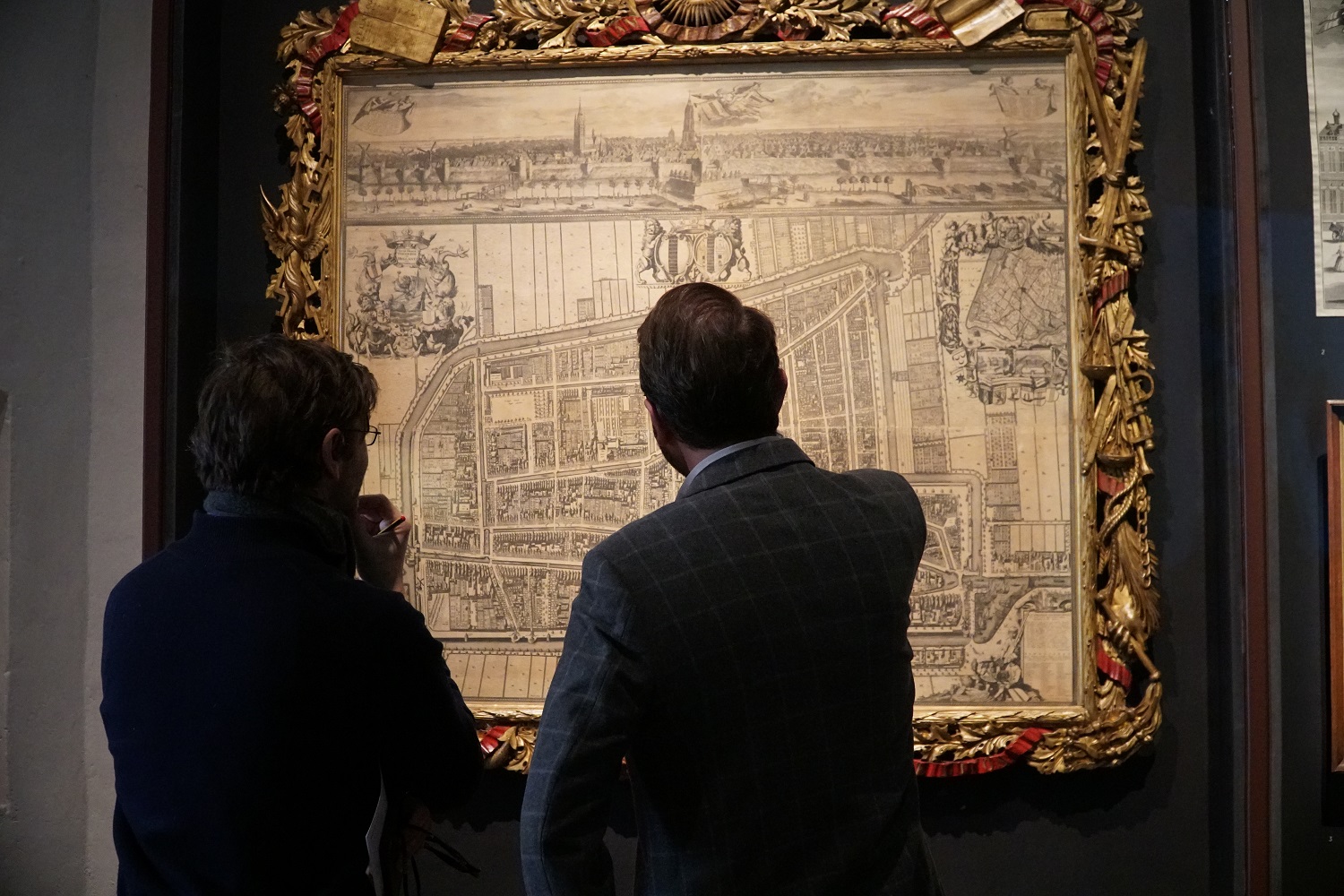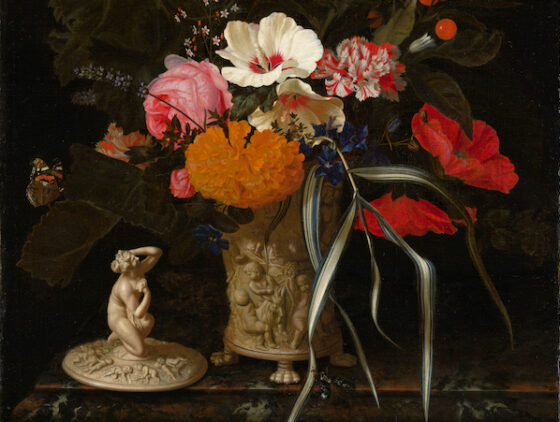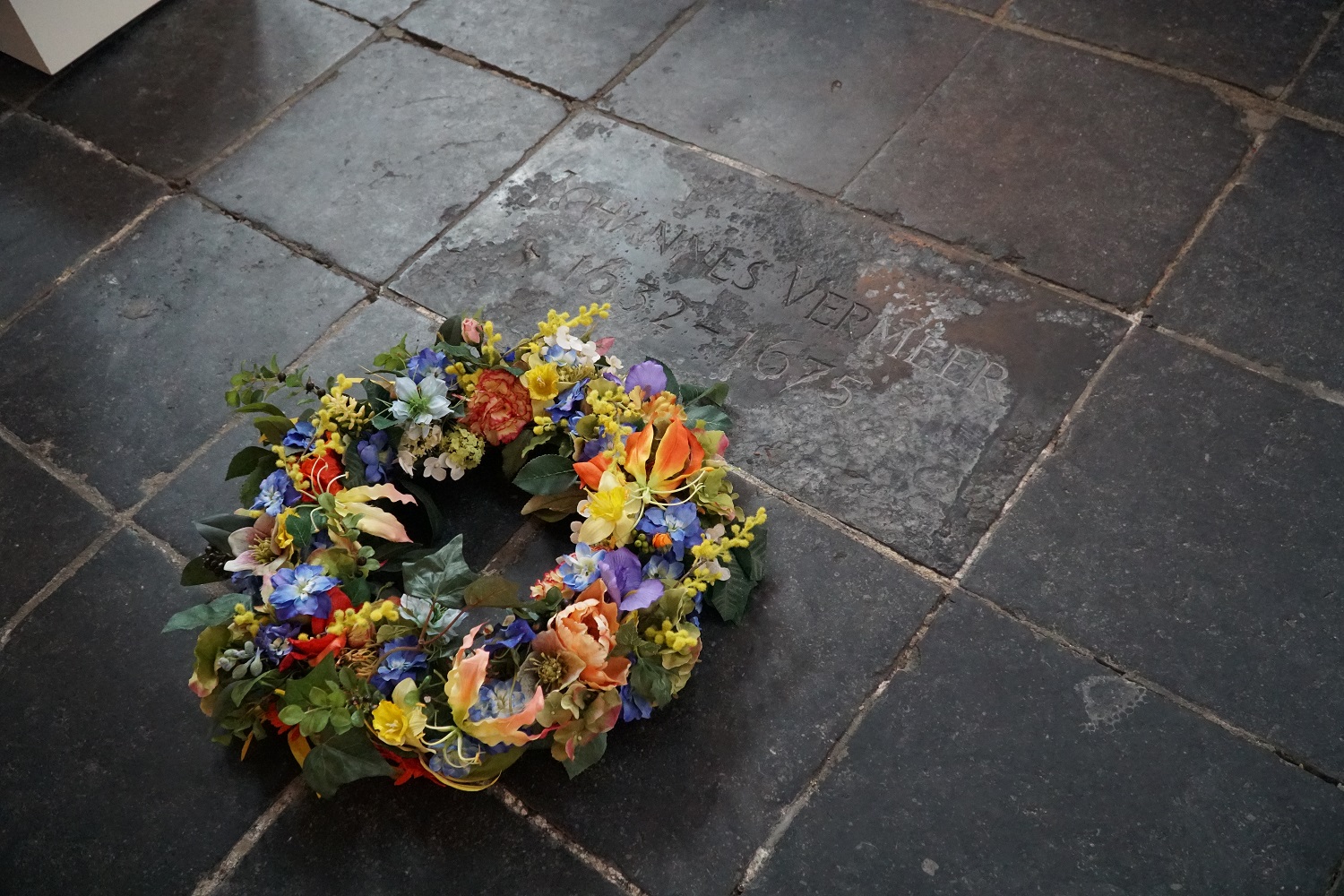Vermeer in Delft: His hometown highlights the story behind the story


While all the attention is on the new Johannes Vermeer exhibition in Amsterdam, the 17th-century painter’s hometown of Delft has an exhibition of its own, focusing on the life and background of one the world’s most famous artists.
‘If you want to see Vermeer’s paintings, you must go to Amsterdam,’ says Janelle Moerman, director of the Prinsenhof Museum in Delft. The Rijksmuseum blockbuster exhibition has collected 28 of the master’s 35 known works under one roof, though one is disputed.
What the museum, famed for being the previous residence and location of assassination of William of Orange, does have is a trove of archival materials relating to Vermeer’s life and work.
Vermeer’s Delft, which runs from February 10 until June 4, simultaneously with the Rijksmuseum exhibition, has collected a wide range of objects to showcase the life and environment where Vermeer lived and worked. Vermeer’s marriage documents, maps of the day, examples of household items commonly in use at the time and the works of his contemporaries are on display.

Born in 1632, Vermeer was baptised at the Nieuwe Kerk in Delft (only five days before noted inventor Anthony van Leeuwenhoek.) His father was an innkeeper and an art dealer and Vermeer grew up in the artistic circles in the city. A Protestant, visitors learn that Vermeer converts to Catholicism to marry his wife, Catharina Bolnes, at the behest of his mother-in-law who keeps the family afloat financially. The couple go on to have 15 children.
While the Prinsenhof may not have any of Vermeer’s work, they do have a number of paintings from other artists working in Delft at the same time, including Bloemen in een versierde vaas (Flowers in a decorated vase) by Maria van Oosterwijck, a prominent female artist who also had a studio in Delft. The exhibition discusses how these artists influenced one another in style and technique.
If the exhibition itself is insufficient, the museum and the city have gone all in on a series of events and activities related to Vermeer. The museum is hosting a lecture series on the artist (in Dutch) and has produced a podcast (also in Dutch) designed to be listened to while enjoying a walking tour of the locations in the city relevant to Vermeer’s life. Don’t worry if you don’t speak Dutch, the information on the walking route is available in English.

One of the stops on the walking tour is the Oude Kerk where Vermeer is buried. The church is hosting its own Vermeer exhibition, a photo series of his works re-imagined in the modern era.
A short walk from the museum, the Vermeer Center Delft cheekily brags it’s the only place where you can see all 37 Vermeers. A full set of reproductions hang in the former building of the Guild of Saint Luke, the art guild Vermeer was a member of. There you can also see a demonstration of a camera obscura, a projection method possibly used by Vermeer in his works.
A once-in-a-lifetime exhibition it is not, but the historical information make for a great companion to the Rijksmuseum’s spectacular show. And, Delft is a great place to visit.
Thank you for donating to DutchNews.nl.
We could not provide the Dutch News service, and keep it free of charge, without the generous support of our readers. Your donations allow us to report on issues you tell us matter, and provide you with a summary of the most important Dutch news each day.
Make a donation